Optimal Timing for Effective Fumigations
Fumigations are most effective when conducted during specific periods that align with pest activity cycles and environmental conditions. Timing can influence the success rate of eliminating pests and preventing infestations. Understanding seasonal patterns and pest life cycles is essential for optimal results.
Spring and summer are prime seasons for fumigations due to increased pest activity. Conducting treatments during these periods can help prevent infestations before they establish.
Fumigations are most effective when performed in dry, warm weather. High humidity and rain can reduce the effectiveness of treatments.
Timing treatments to coincide with vulnerable stages in pest life cycles, such as egg hatching or larval development, enhances control efforts.
Scheduling fumigations when properties are unoccupied minimizes disruption and ensures safety during treatment.
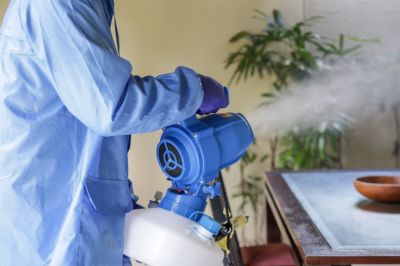
Advanced equipment ensures precise application during optimal times.
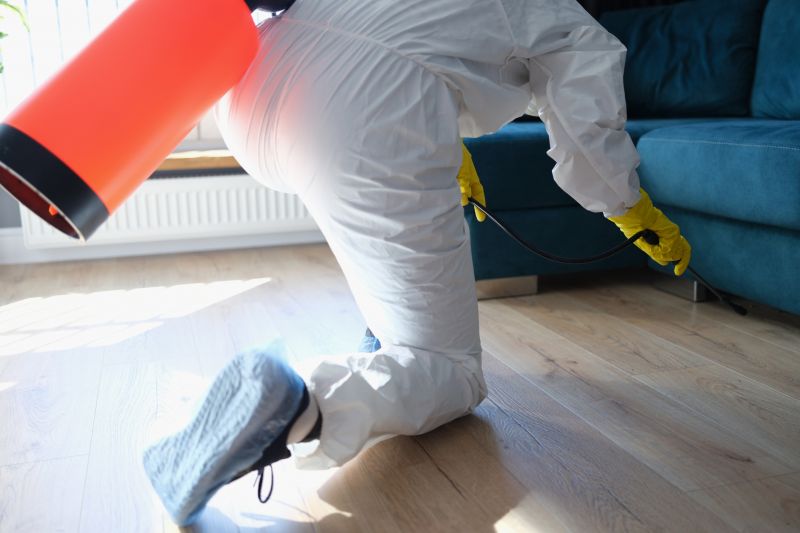
Monitoring pest activity helps determine the best timing for treatments.
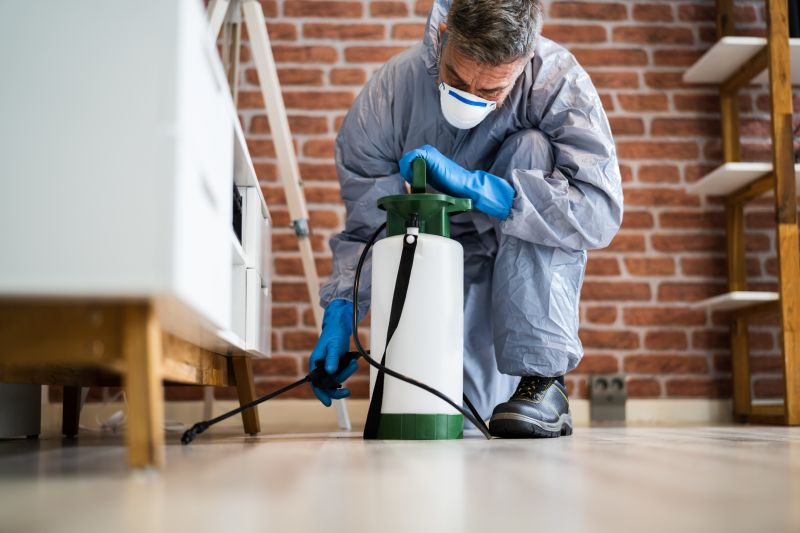
Ideal weather conditions support effective fumigation procedures.
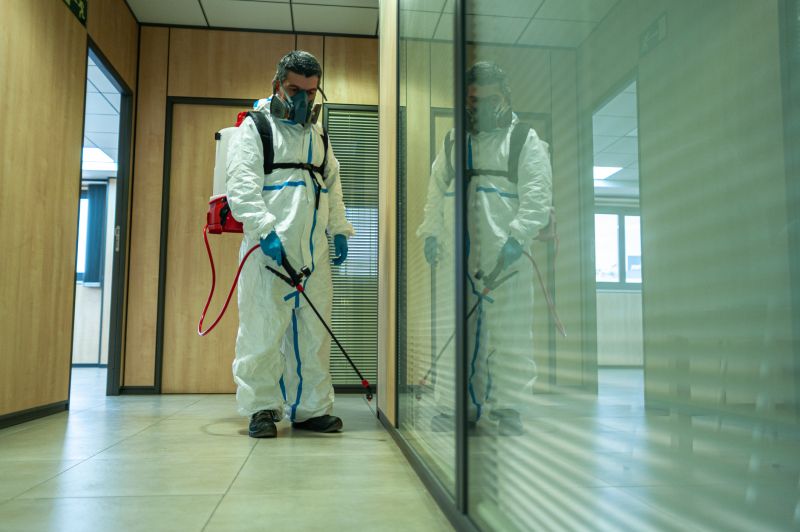
Ways to make Fumigations work in tight or awkward layouts.
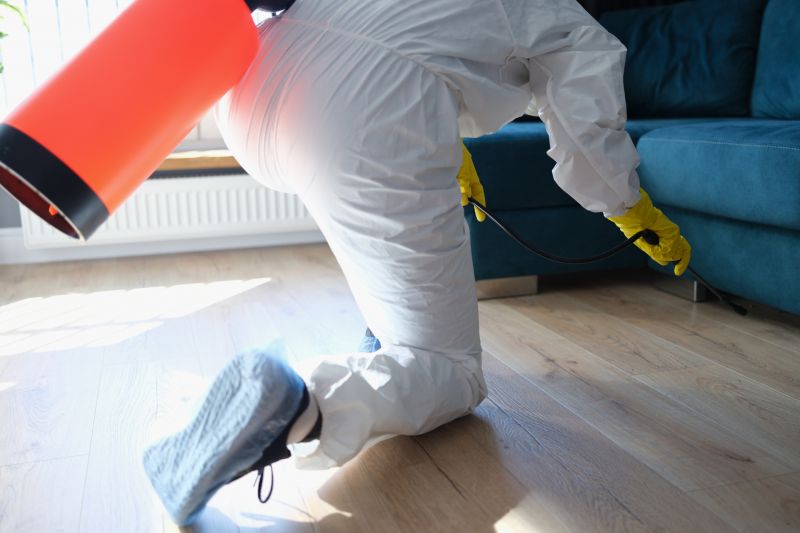
Popular materials for Fumigations and why they hold up over time.
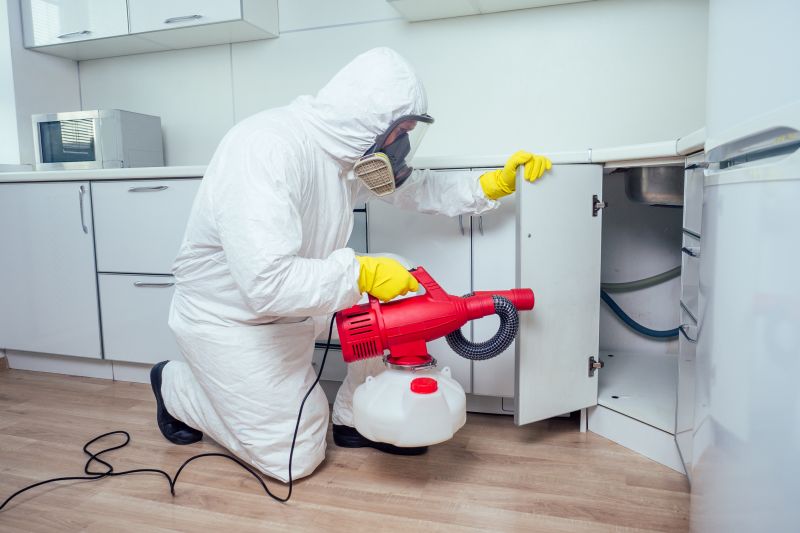
Simple add-ons that improve Fumigations without blowing the budget.
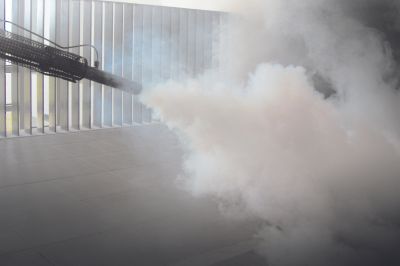
High-end options that actually feel worth it for Fumigations.
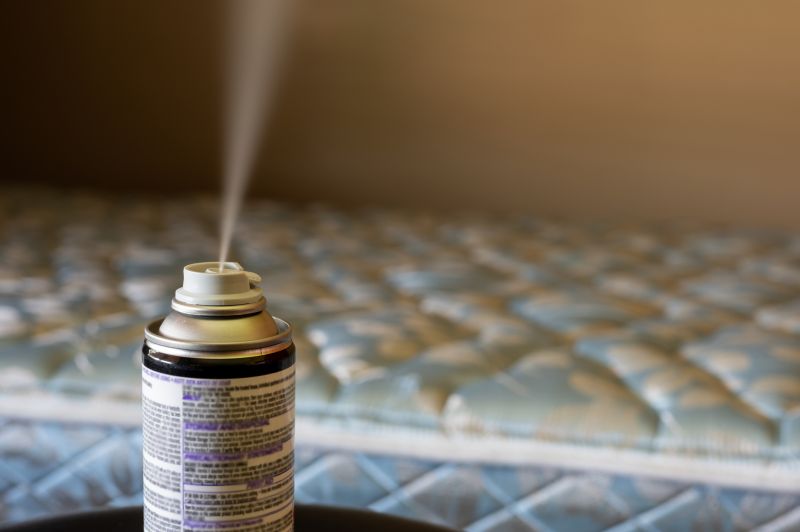
Finishes and colors that play nicely with Fumigations.
| Factor | Best Timing |
|---|---|
| Pest Activity | Spring and summer |
| Weather Conditions | Dry and warm |
| Pest Life Cycle Stage | Egg hatching and larval stages |
| Property Occupancy | Unoccupied periods |
| Regulatory Recommendations | As per local guidelines |
Fumigations involve the application of gaseous pesticides to eliminate pests in enclosed spaces. They are a highly effective method for controlling a wide range of pests, including insects, rodents, and other invasive species. Proper timing ensures maximum efficacy, reduces the need for repeat treatments, and minimizes risks to property and occupants.
Statistics indicate that scheduling fumigations during peak pest activity can increase success rates by up to 40%. Additionally, conducting treatments before pests establish colonies can significantly reduce long-term infestations and property damage.

Application of gases in controlled environments.
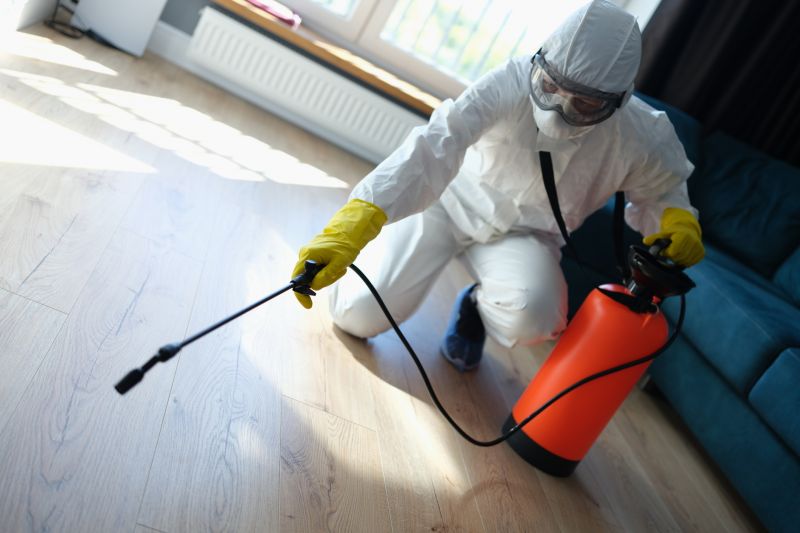
Identifying infestation hotspots before treatment.
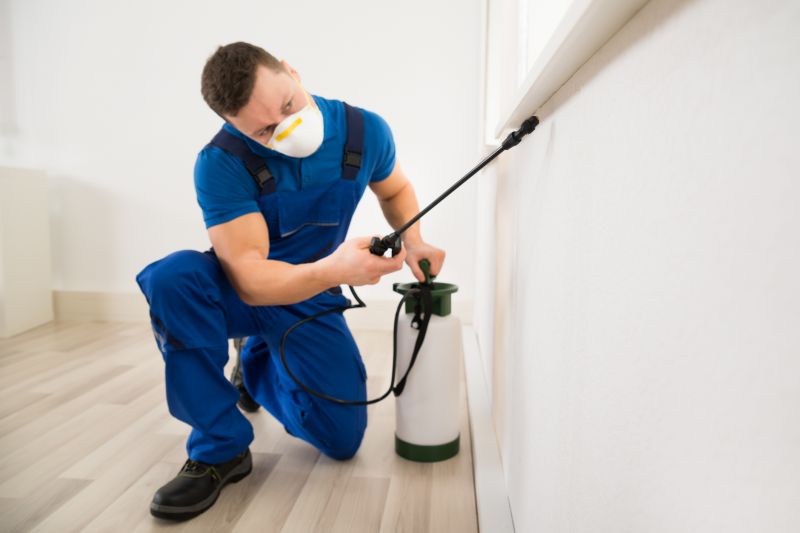
Assessing pest elimination effectiveness.
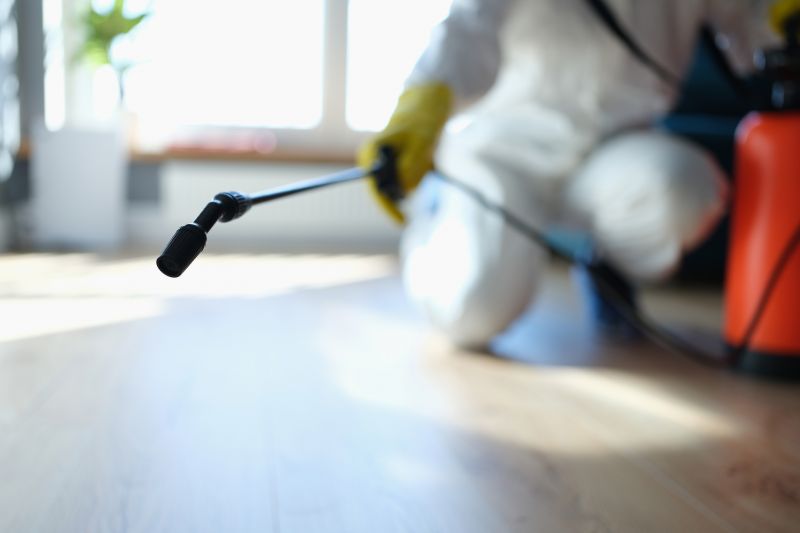
Ensuring safe application during fumigation.
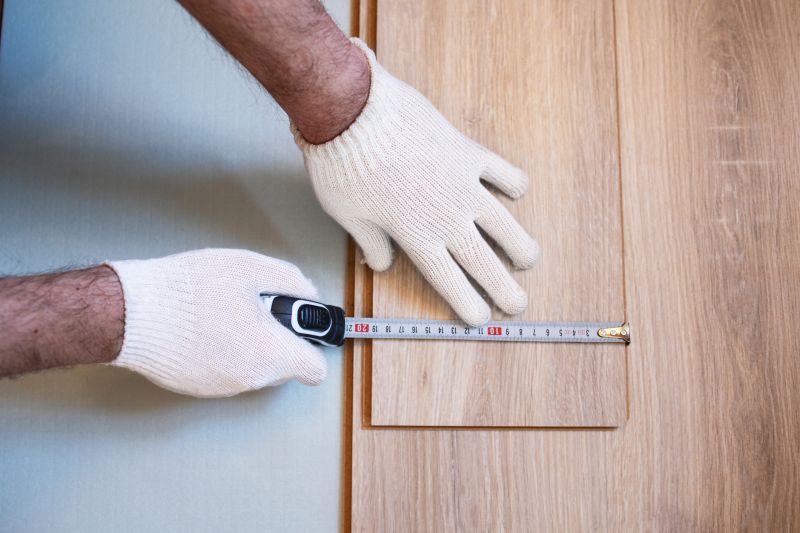
Little measurements that prevent headaches on Fumigations day.

A 60-second routine that keeps Fumigations looking new.
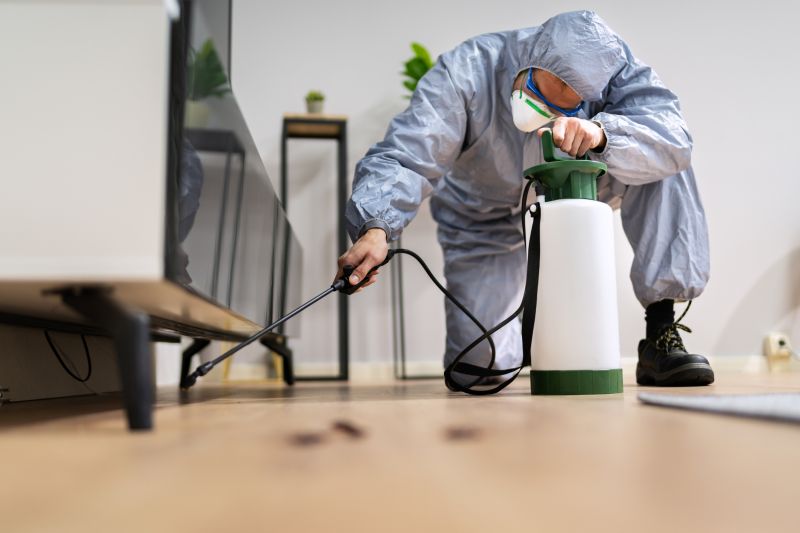
A frequent mistake in Fumigations and how to dodge it.

Small tweaks to make Fumigations safer and easier to use.
Interested in scheduling a fumigation? Filling out the contact form can provide more information about optimal timing and treatment options tailored to specific needs.
